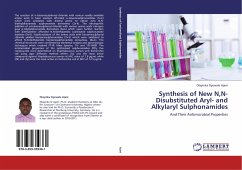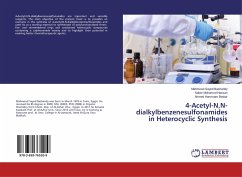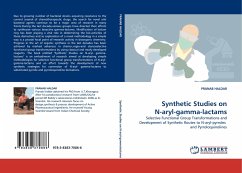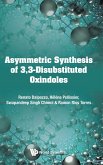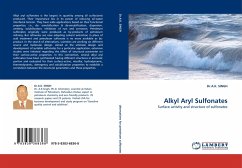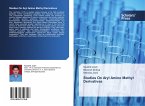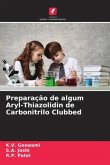The reaction of a toluenesulphonyl chloride with various readily available amino acids in basic medium afforded a toluenesulphonamides (1a-k) which were amidated with diethyl amine to obtain new N,N-diethylalkanamido sulphonamide derivatives (2a-k). The electrophilic addition of p-toluenesulphonyl chloride with various amino acids' nitrogen gave p-tolylsulphonamide derivatives (4a-k) which upon further reaction with diethylamine afforded N,N-diethylamido substituted sulphonamide moieties (5a-k). Sulphonylation of the amino acids with benzenesulphonyl chloride yielded benzenesulphonamides (7a-k) which were amidated to afford N,N-diethylamido benzenesulphonamide derivatives, (8a-k). The chemical structures were confirmed by elemental analysis and spectroscopic techniques which involved FT-IR, Mass Spectra, 1H- and 13C-NMR. The antimicrobial properties of the synthesized sulphonamides (fifty five compounds) were determined on Staphylococcus aureus and Escherichia coli using agar diffusion method where (1a) was the most active compound against Staphylococcus aureus at MIC value of 1.8 µg/mL while (2k) and (5j) were the most active on Escherichia coli at MIC of 12.5 µg/mL.
Hinweis: Dieser Artikel kann nur an eine deutsche Lieferadresse ausgeliefert werden.
Hinweis: Dieser Artikel kann nur an eine deutsche Lieferadresse ausgeliefert werden.

